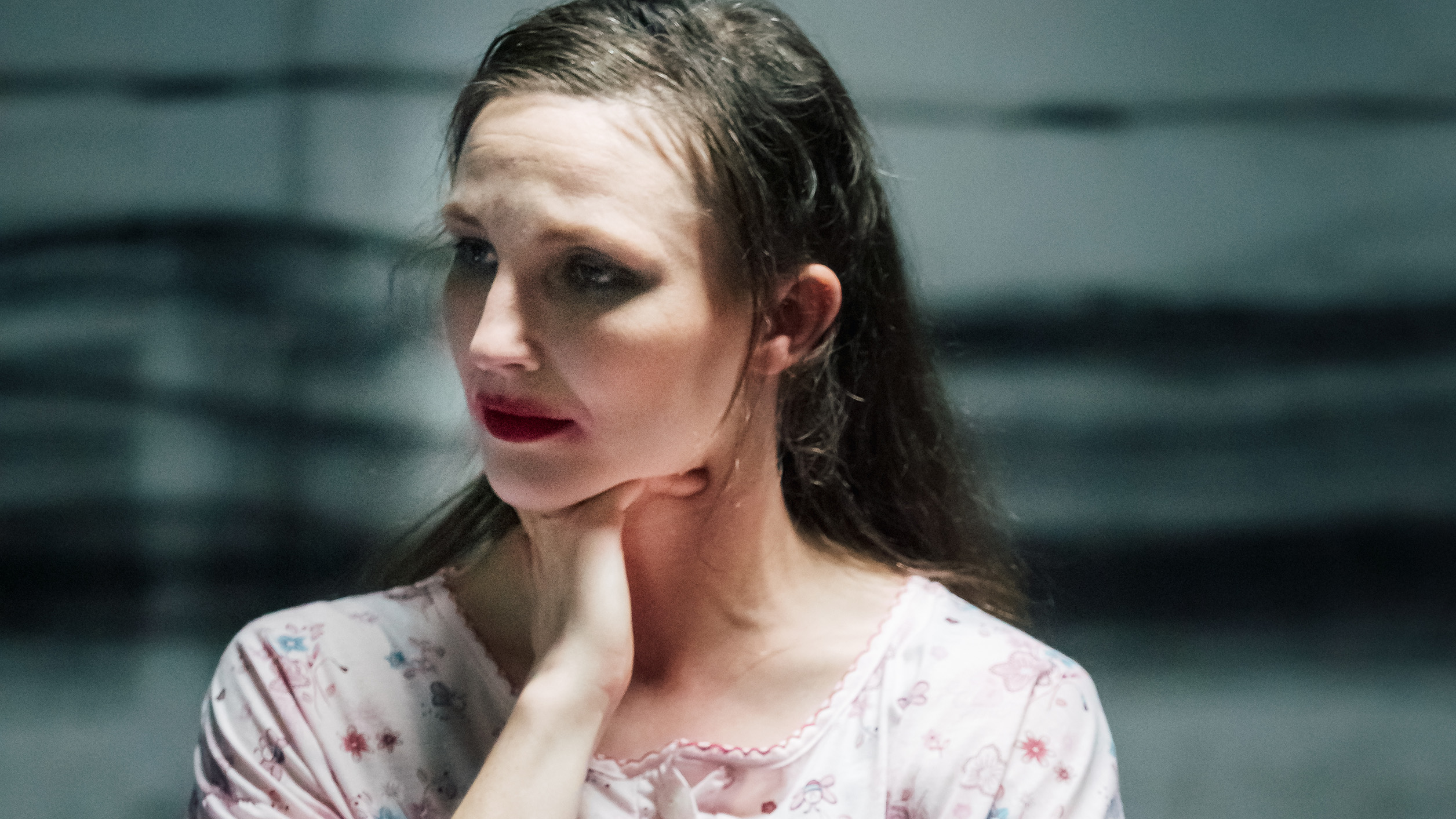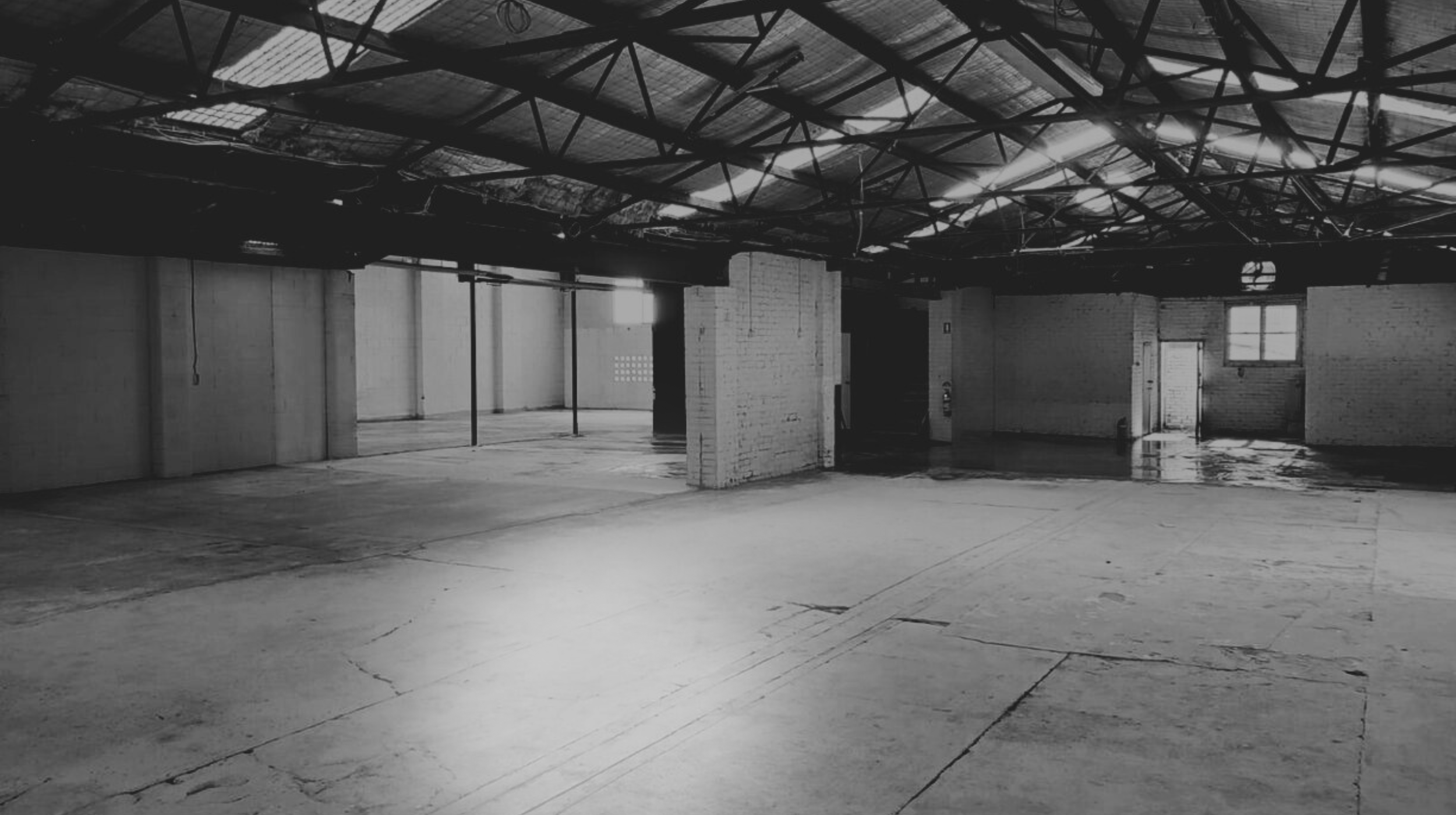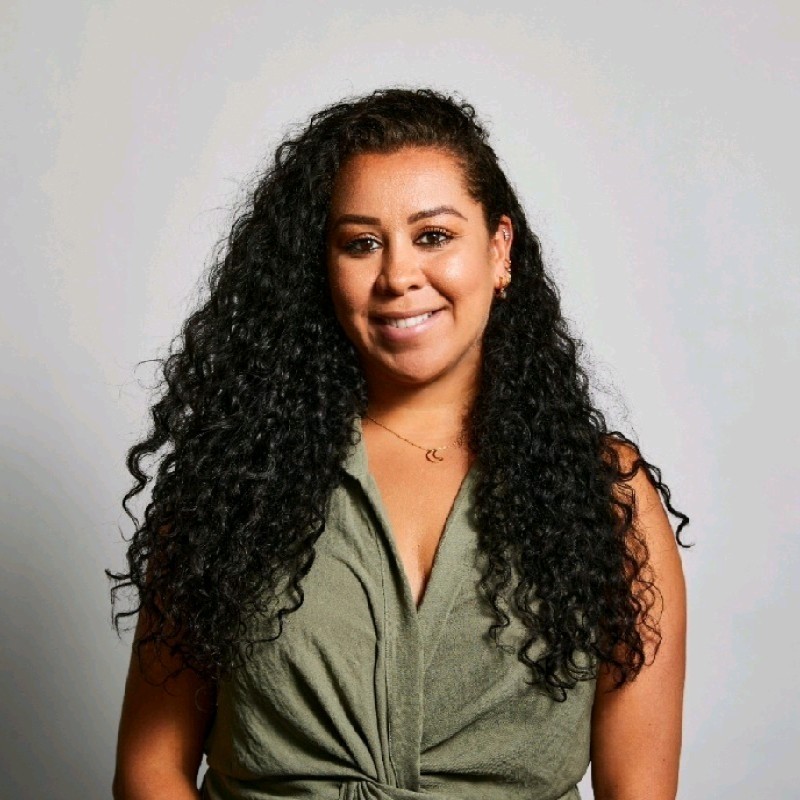
Discovering a home / Imogen Cranna
02.01.2022
Multi-skilled Imogen Cranna reflects on her decade long collaboration with LRT and what this has meant for her artistic voice. This article forms part of the ‘Living Room conversation’ series.
Michelle St Anne (MSA): It is evident that throughout your career, you have been drawn to the independent dance sector, working with icons such as Kay Armstrong, Tess de Quincey, Vicki Van Hout, and Tony Osborne and Victoria Hunt. What can dancers discover inside independent companies?.
Imogen Cranna (IC): Throughout my life, dance and music has been at the centre of what drives me, fuelling my imagination and providing an outlet for the meandering notions and images that inhabit my mind. As a young person, I could spend hours in abstract movement, and I am extremely fortunate to have had the encouragement of teachers who valued my choreographic eccentricities. However, when training in specific dance techniques, you are often steered towards the concept that, in most cases, successful dancers are those who end up joining established companies.
As I pursued professional training, this notion became further solidified until it suddenly dawned on me that I was not interested in becoming a company dancer. I can attribute this shift in my viewpoint to an extraordinary secondment I experienced with Shona McCullagh, whereby the thrill and creative fulfilment that comes from working with a unique group of people on a specific cross-disciplinary freelance project was so potent that the possibility of developing a career as a freelance independent artist took over from the concept of securing a position in an established dance company.
When working in the independent sector, your movement vocabulary is constantly fed and stretched by the multiple different viewpoints, voices, techniques, experiences, and disciplines of the artists you collaborate with, growing your dance in ways that you could never have predicted. My pallet of movement is unique to the diversity of projects and people that I have had the immense pleasure to work with, and I think this enables you to remain fluid as a dancer; your movement is not defined or captured by a predominant concept or intention.
Roughly a year or so after my daughter was born, I was asked if I had become an ‘ex-dancer’, presumably due to the idea that you cannot consider yourself a dancer unless you are consistently training or dancing in a particular way. However, my experiences in the independent sector have taught me how to embrace my body, ideas, and ways of expression as constantly evolving and ever-present; allowing me to envisage and participate in different modes of ‘dancing’ no matter what is going on in my life. Although it is true that life events have directed my focus away from inhabiting dance as a full-time career, my freelance experience has taught me how to dance forever, an invaluable gift for any dancer.
MSA: Leaving Australia (and your family) to train at the New Zealand School of Dance, how did loneliness shape the way you approach the rehearsal floor?
IC: This is an interesting question for me, as loneliness is something I embraced from a very young age due to being an only child growing up on a five-acre property. I loved to disappear into inner worlds, and imaginative narratives that would take place amongst the bush surrounds of the property, and I learned to be extremely happy in my own company.
In a way, the rehearsal floor allows me to continue in this vein alongside other people. The studio is a landscape, real and imagined, other dancers in the space are embodied features in the landscape and thus, I escape from my everyday reality through abstract movement and creative interactions. Of course, as a young adult abroad for the first time there were many occasions when the intensity of the training and the physical reality of being away from the immediate support of my family broke my ability to approach the rehearsal floor in this way. In these instances, I developed new strategies to reconnect to the floor, such as calming the noise in my mind through focussing on the intention of each movement.
MSA: 2022 celebrates 10 years working with LRT. What have you discovered about your practice and the theatrical form?
Over the years, I have developed a cross-disciplinary practice exploring divergent meeting points of dance, multimedia and music that invite the viewer to contemplate various themes connected to the human condition from different perspectives. Now, after spending ten enriching years in collaboration with you and the many artists of LRT, I have absorbed how narrative threads and stories can also exist in the abstract; how striking moments of theatrical clarity may permeate a non-linear narrative. This has deepened my understanding of creating meaning for audiences through image- making and I have discovered that I can draw upon a practice fundamentally connected to energetic through-lines to deliver a performance simultaneously rooted in the theatrical form.
Finally, when first developing my artistic practice, there was an ever-present inner voice that would question the viability of a cross-disciplinary practice. Yet, when LRT regularly invited me onto projects to purposefully code switch, (often mid- performance), between dancer to technician, from media artist to musician and back again, I developed confidence in my abstract and often unclassifiable practice.
I have found an artistic home.
Imogen Cranna is a cross disciplinary artist who graduated from the New Zealand School of Dance in 2007 with a National Diploma in Dance Performance. She returned to Sydney in 2008 to further her career within the independent dance community as well as pursue her interest in multidisciplinary art creations. She has performed in both her own projects and works of professional choreographers in various independent dance platforms
Anastasia Mortimer is an editor and writer for The Living Room Theatre. She is studying for a PhD in climate change studies, disaster-induced human displacement, and social vulnerability. Her research and activism draw attention to societal issues that continue to be ignored.

